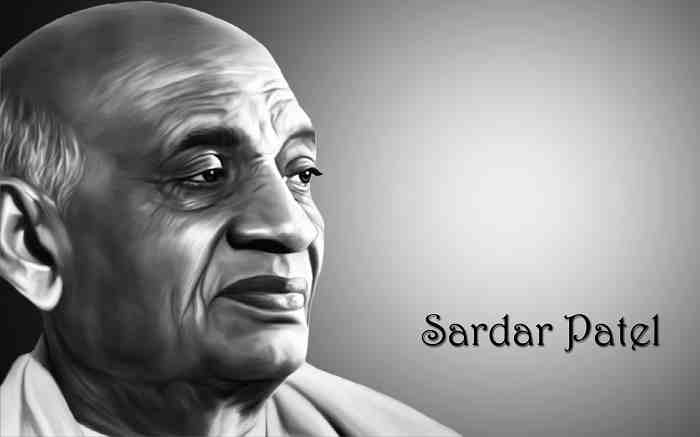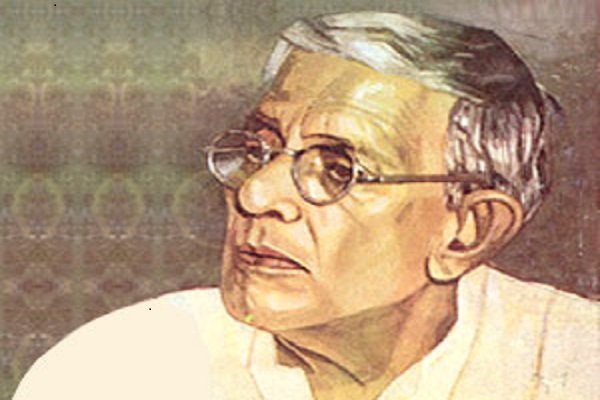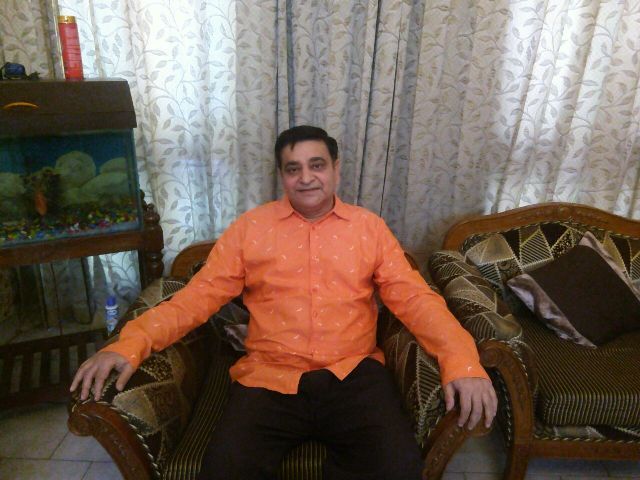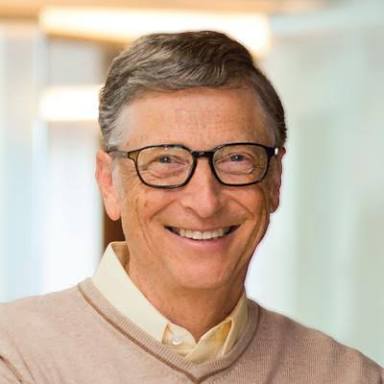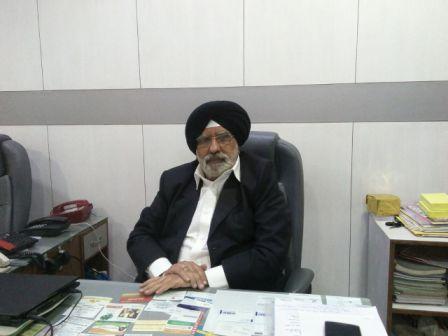Interview With Mr. Carmo Noronha

Interview With Mr. Carmo Noronha, Executive Director of Bethany Society
Bethany Society is a not-for-profit, secular, registered, charitable society established in Mendal, East Garo Hills, Meghalaya in 1981, under the inspiring leadership and vision of Sister Rosario Lopez.
Bethany Society, Shillong under Executive Director Mr. Carmo Noronha, was one of the stake holders at the celebration of the International Day for People with Disability at State Central Library, Shillong, Meghalaya.

Students of Bethany Society Singing at International Day of Disabilities, 2014
Mr. Noronha explained words such as differently-abled or special people and handicapped. At a certain time it was used to create awareness. He also added that disability does not refer to the person, it refers to policy barriers, physical barriers and barriers of the society which prevents a person with an impairment not a disability from participating on an equal basis with others.
What is Universal design?
You create awareness, if made for an inclusion then you don’t need reservation. Where everyone participates. A society which is good to the disabled is a society good for the community. If you are building a ramp that’s good for pregnant ladies, people who have been in an accident benefit as well as elderly people. It presents strategies on how technologies breaks barriers. A simple device as a mobile, where a blind student can record his/her lectures is a breakthrough.

The Chief Minister of Meghalay Dr. Mukul Sangma, Distributing Aid Appliances, Wheelchairs to a happy individual
As the director of Social Welfare, Mr. Hima Shangpliang mentioned in his speech. “There is no end to Giving.”
What is sustainable development?
It’s about technology and the millennium development of goals in 2015. If you don’t specifically work with people with disabilities, you will not achieve the development goals; that’s two billion people. Sustainable people have to be included, the idea is how to use technologies to achieve those goals.
1. Inclusion of people with disability in planning and implementation in disaster risk management. The idea is to involve them in the planning. By asking what needs are there for a deaf person or a blind person.
2. Creating and enabling an environment where a person in a wheel chair should be able to enter a building, or be able to reach a counter.
3. Specifically, all sustainable development programs of the government are about inclusion.

Carmo Noronha
What are your thoughts about the government’s announcement of 3% percent reservation provided to the disabled?
The reservation came out in 1995 and it was called the PWD act (the person with disability act). It is being redone now, across the government, but it’s not being identified properly as of yet. It should have be done in 1995, not 20 years later.
With your experiences as a whole, how do you find the challenges you faced then and are facing now since the last ten years? Especially the interactions with various departments of the government, their openness and whether their broad mindlessness has improved?
Within the last 10 years, Meghalaya has become proactive as compared to other states. But they don’t have the funds. In the physical environment I think, if you are constructing a building and you are bringing in all design elements. Your extra cost is 0 .02% but if you are doing so later then it’s about 30 to 40 % more.

Motivational India Stall.
But the state, is proactive, within the last 10 years, they have been able to identify with SSA. 13,000 children with disability out of which 7000 of them are enrolled in schools. But in terms of quality, the government has been giving away Rs. 4000 in scholarships to the children. Livelihoods schemes and programs are also being provided, which is a good step.
How do you see the next international disability day? In terms of planning and where the government promises a more proactive occasion. What concerns do they need to address?
I will like to see it as the international day of livelihoods, in the context of livelihoods in the rural area. In terms of the Asia Pacific, and India poverty and disability are interconnected, if you can improve the livihoods not of the person with disability but of the poor people of the villages.
From my experiences. 95 to 98% disability is acquired. It needs to break the barriers, not just by a charity event but to break all the barriers.
You don’t need a program for empowerment, in your mainstream program your administrators should be sensitized to look after. To use the present system. To change not the person but the system.
Picture Credits : Chandhan P. Bharali


